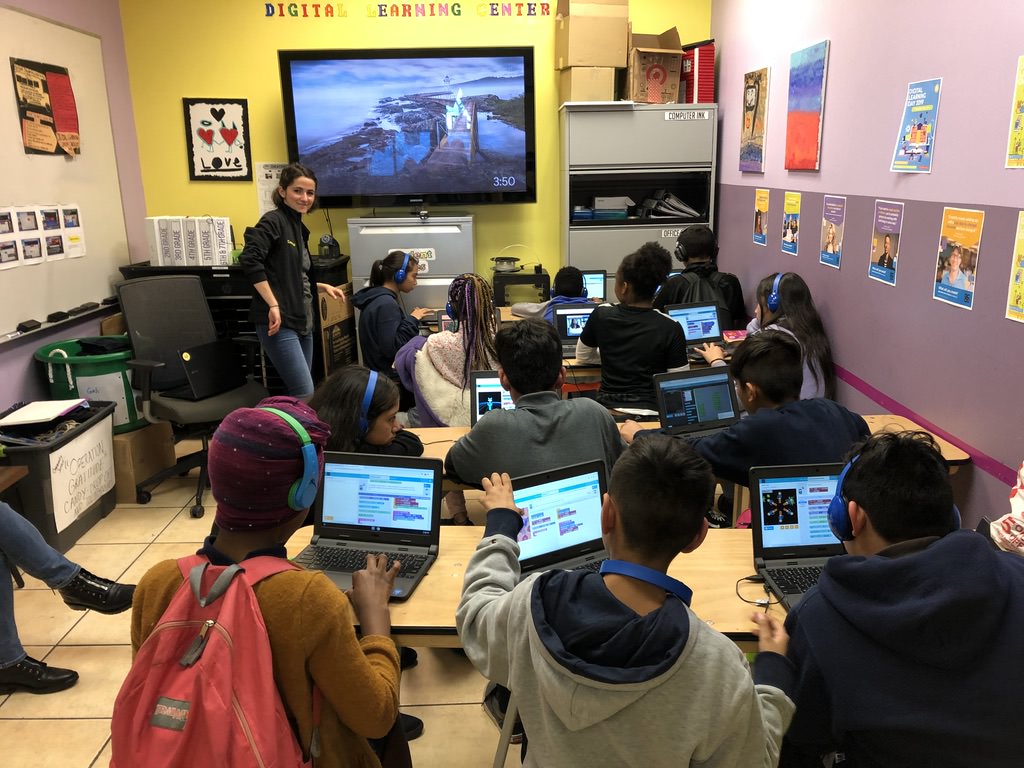The impact of the digital “homework gap” on our students

Computer and internet access is increasingly becoming a requirement for success in school, according to this article from the Atlantic. 70% of American teachers assign homework that requires an internet connection, and nearly half of American students say they must do online homework daily. Common Sense Media reports that the number of teens and tweens who use computers for homework every day has more than doubled in the last four years, and that nearly a third of teachers think that not having access to a computer or internet would limit their students’ learning.
Where does this leave students whose families can’t afford computers or internet access? Research shows that 1/3 of households making below $30,000 per year lack internet access, and 17% of teens can’t complete homework due to lack of access to technology. In California, 52% of low-income households don’t have a computer that connects to the internet. In South LA, the percentage of school-age children who live in internet-connected in households fell from 76% to 71% between 2013 and 2015. These students experience the “homework gap” – they’re unable to complete assignments and fall behind in school due to circumstances out of their control.
The families we serve at School on Wheels experience extreme poverty, and can rarely afford computers. Many homeless shelters do not have internet access or computer labs. Some of our families live in vehicles. As a result, students often complete their homework on phones, or not at all.
That is why we have made it a priority to connect our students to the digital tools they need to succeed. We’ve installed 15 Digital Learning Centers at shelters and schools, where every student has access to the internet and a laptop at least once per week. We’ve given nearly 300 laptops, tablets, and other devices to students to use for schoolwork. We train our volunteer tutors to use Digital Learning programs when working with our students, including adaptive programs that help students catch up in math and reading and coding and typing programs that teach essential digital literacy skills. We’ve also partnered with local organizations like Walnut Robotics to lead STEM workshops.
We also provide technology to students for online tutoring. Our online tutors work with students remotely over audio/video chat on a variety of devices. This allows us to reach students in areas where we are not able to send in-person tutors, and provide specialized instruction to students who need extra help.
This year, Bel Air Internet generously provided free high-speed internet access to three shelters and our Skid Row Learning Center. This is huge for hundreds of our students, who would otherwise have to stay after school, go to a library, or buy something at a coffee shop just to get access to online assignments. We are excited to grow our partnership with Bel Air Internet to bridge the digital divide for our students.
There’s still a lot of work to be done to close the digital “homework gap” for students like ours. You can support a student experiencing homelessness by volunteering, donating, and spreading the word to your friends about School on Wheels.
